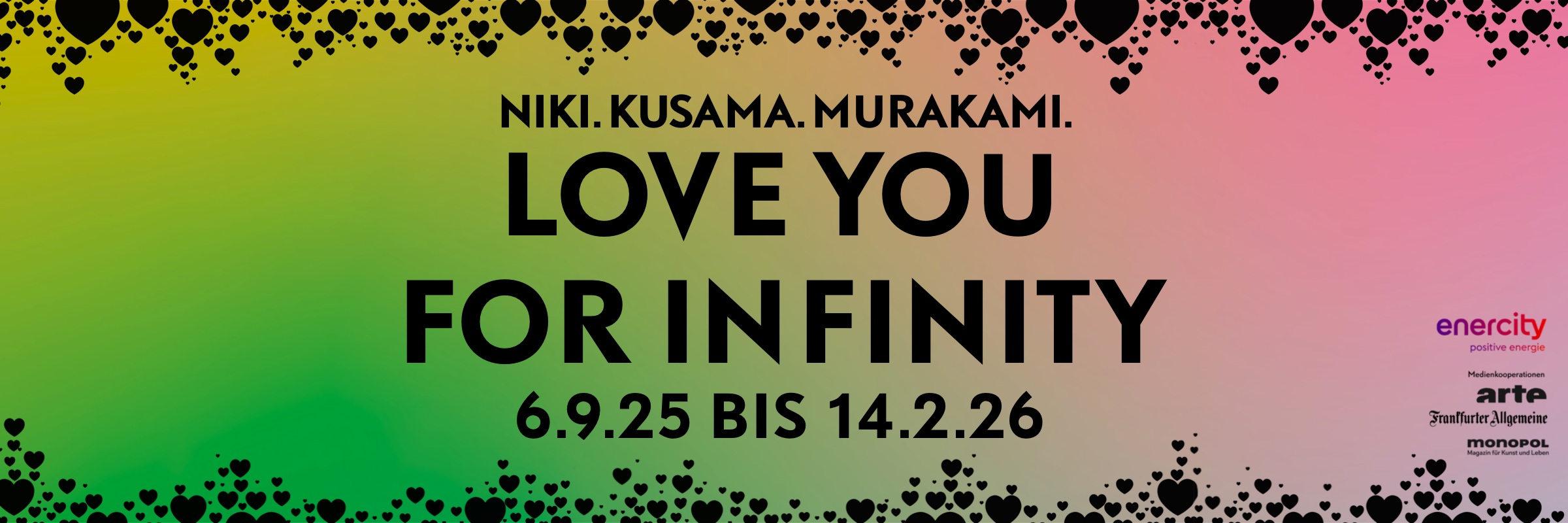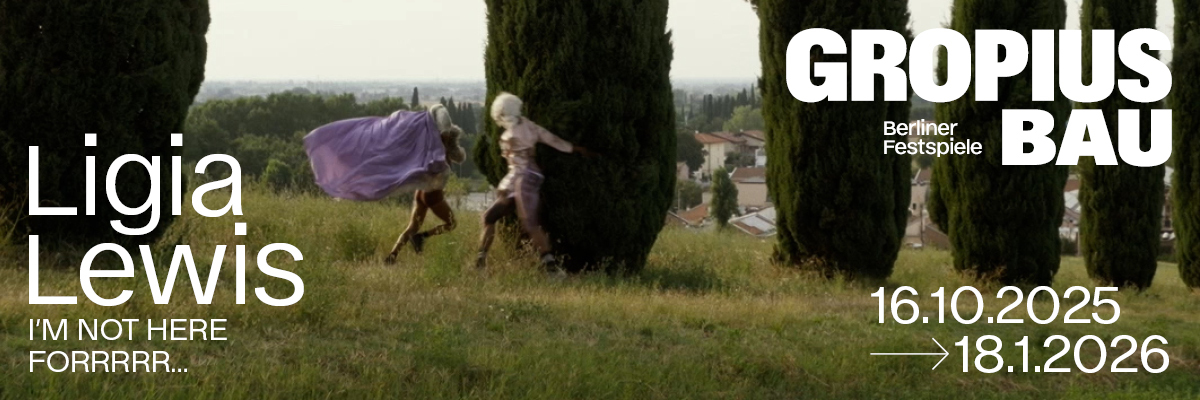
Groupshow
Does the Rising Sun Affright
Project Info
- 💙 Zachęta National Art Gallery, Warsaw
- 💚 Aleksandra Skowrońska
- 🖤 Groupshow
- 💜 Aleksandra Skowrońska
- 💛 Daniel Rumiancew
Share on
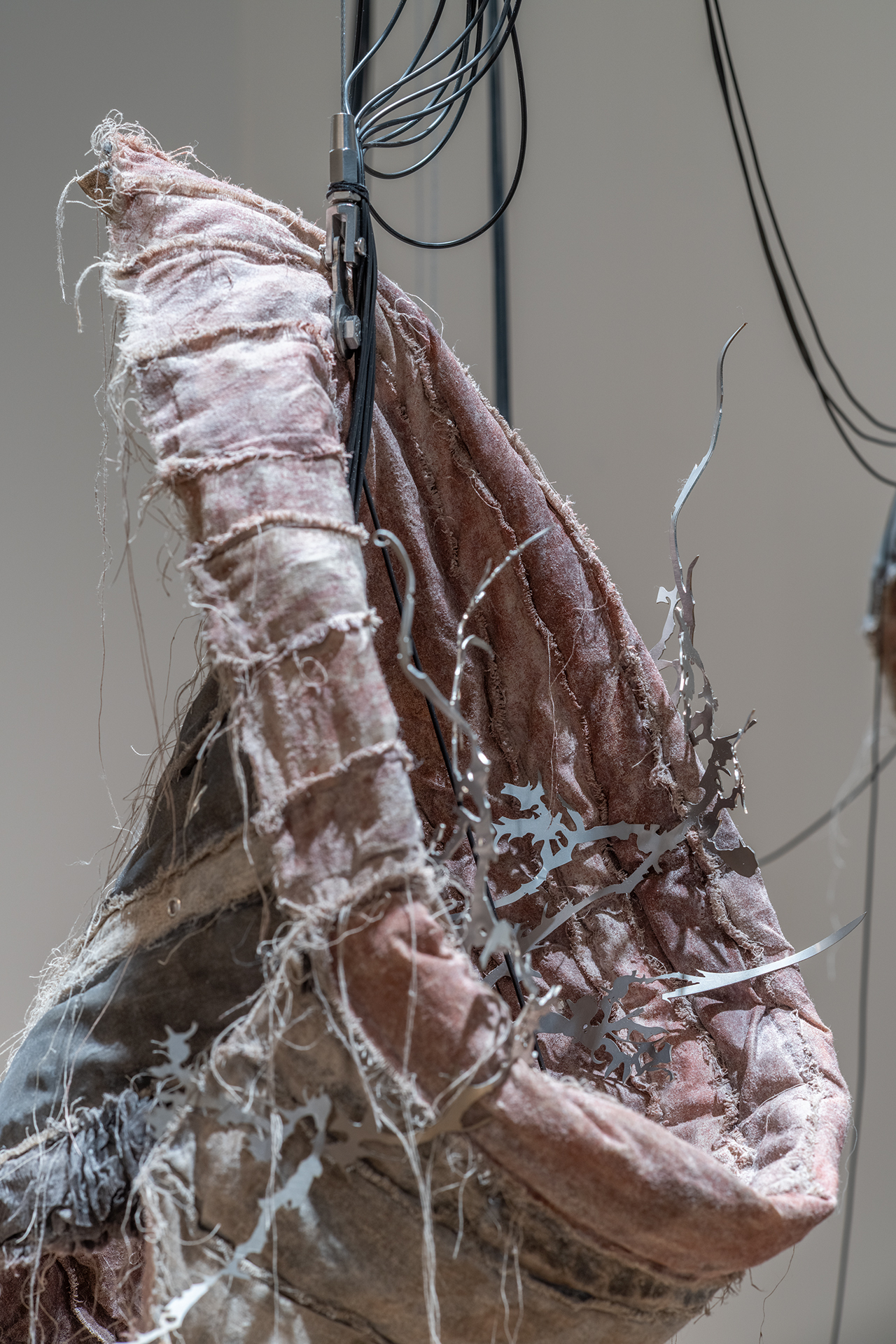
Inside Job (Ula Lucińska, Michał Knychaus), Behind the mouths gate something is stirring, is flickering, 2024 (detail)
Advertisement
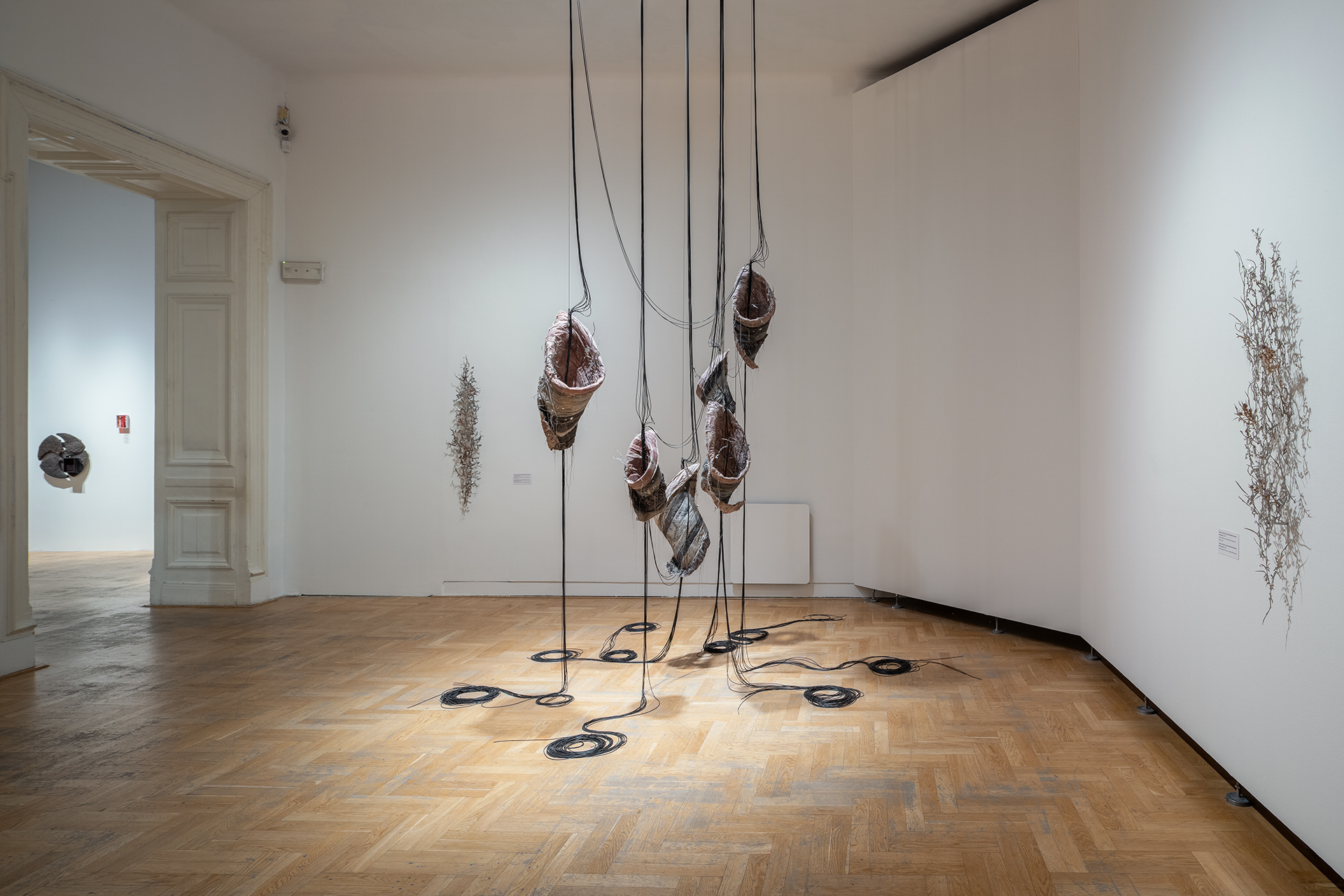
Inside Job (Ula Lucińska, Michał Knychaus), Behind the mouths gate something is stirring, is flickering, 2024; Inside Job (Ula Lucińska, Michał Knychaus), Will spread (I-II), 2024; Ania Bąk, Dirty Seeker, 2022
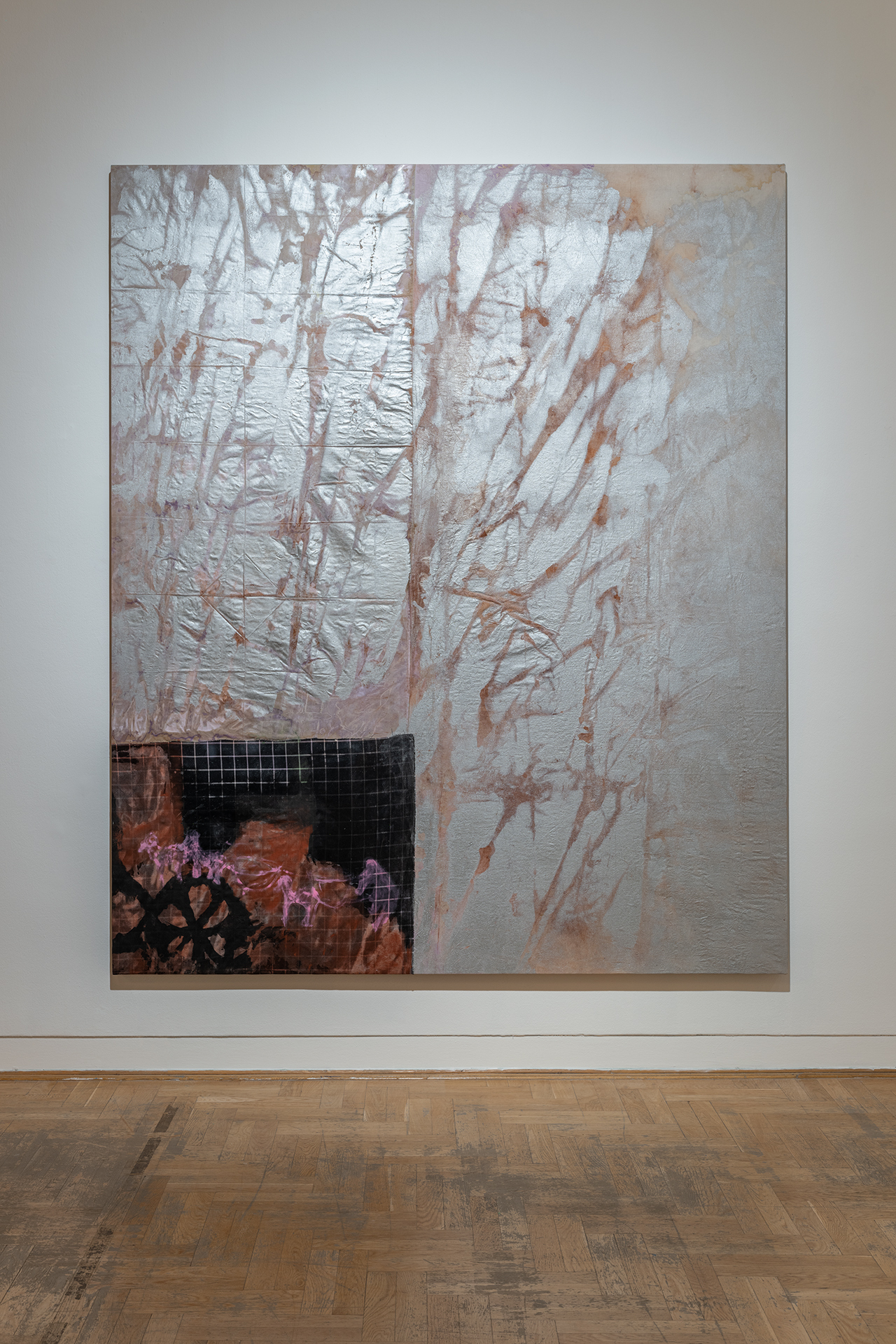
Ania Bąk, Untitled (backbone for words), 2021
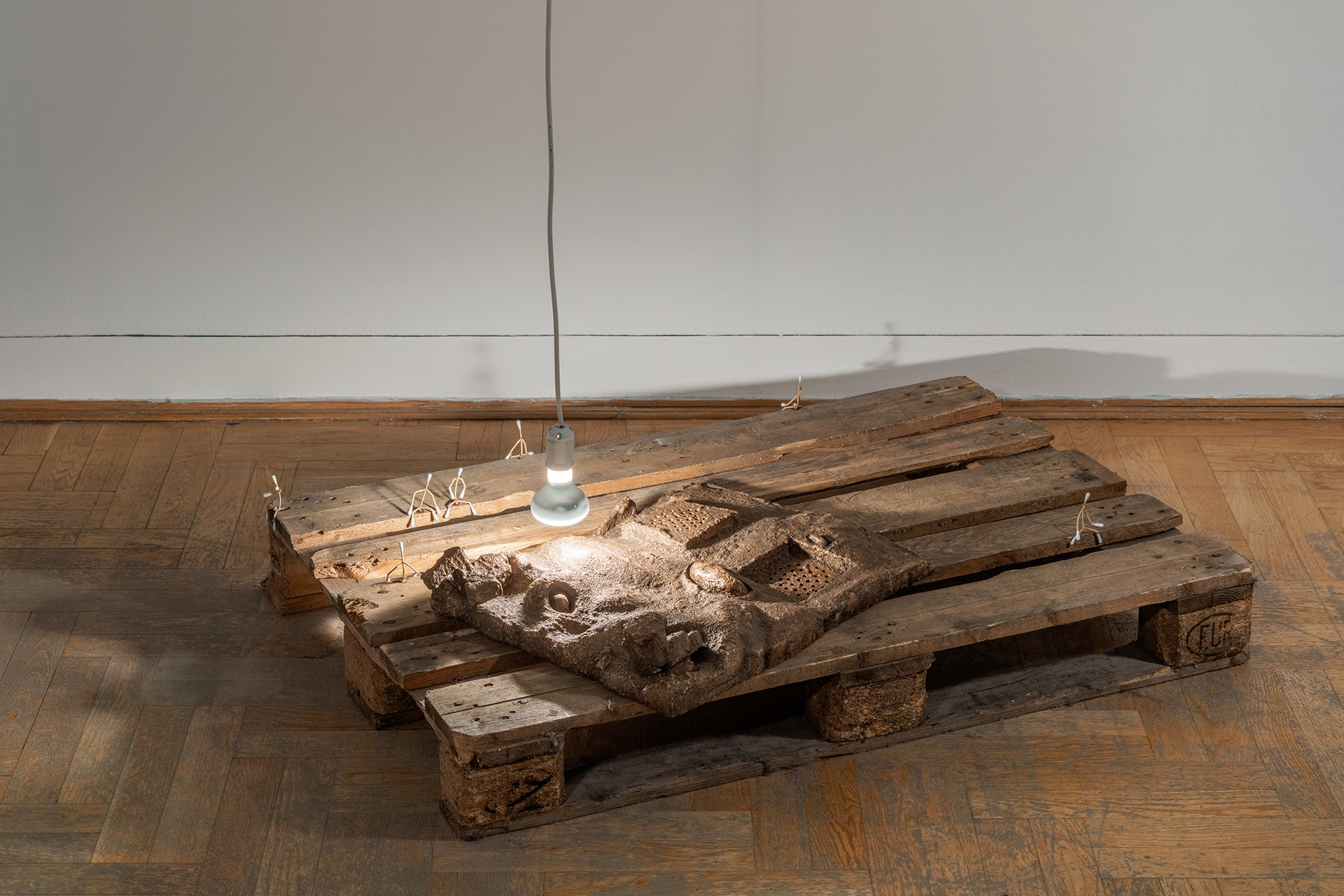
Cezary Poniatowski, Untitled (The Gong), 2021
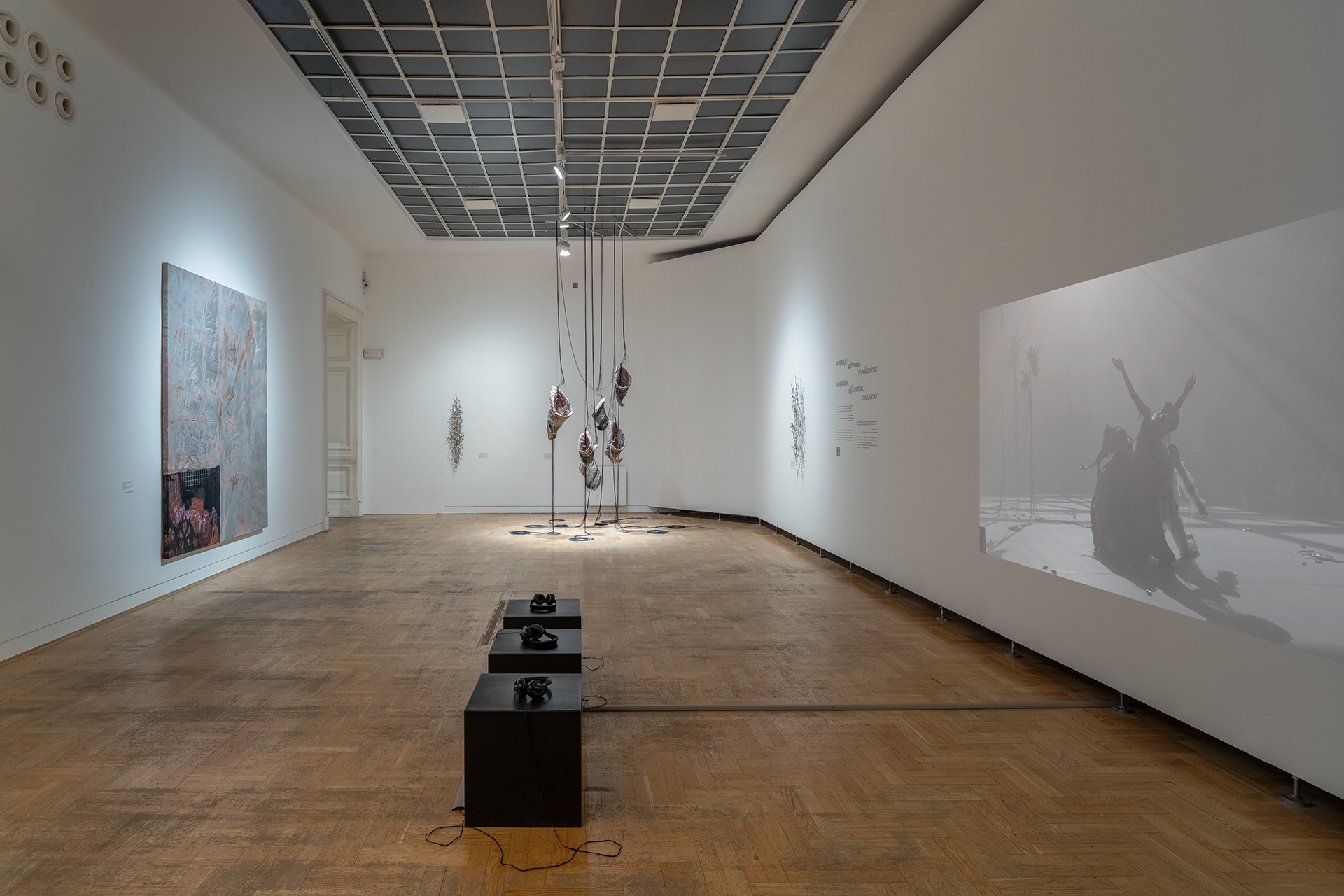
Ania Bąk, Untitled (backbone for words), 2021;Inside Job (Ula Lucińska, Michał Knychaus), Will spread (I-II), 2024; Inside Job (Ula Lucińska, Michał Knychaus), Behind the mouths...,2024; Natasza Gerlach, Hopecraft Ceremony, 2024
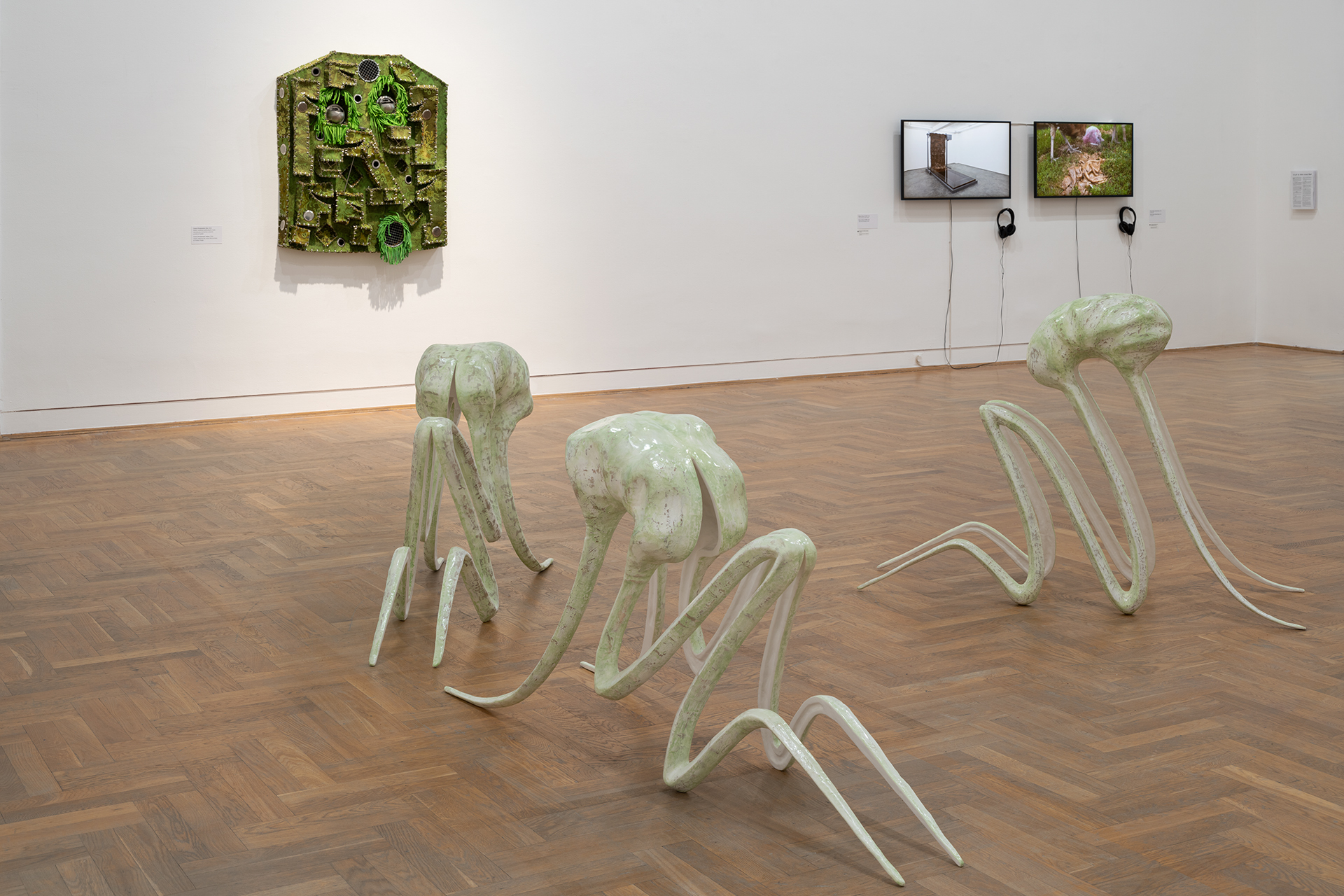
Cezary Poniatowski, Aether, 2024; Claude Eigan, Inner Saboteur I-III, 2019-2020; Bianca Hlywa, SCOBY, 2022, video documentation; Bianca Hlywa, Orbital shakes, video
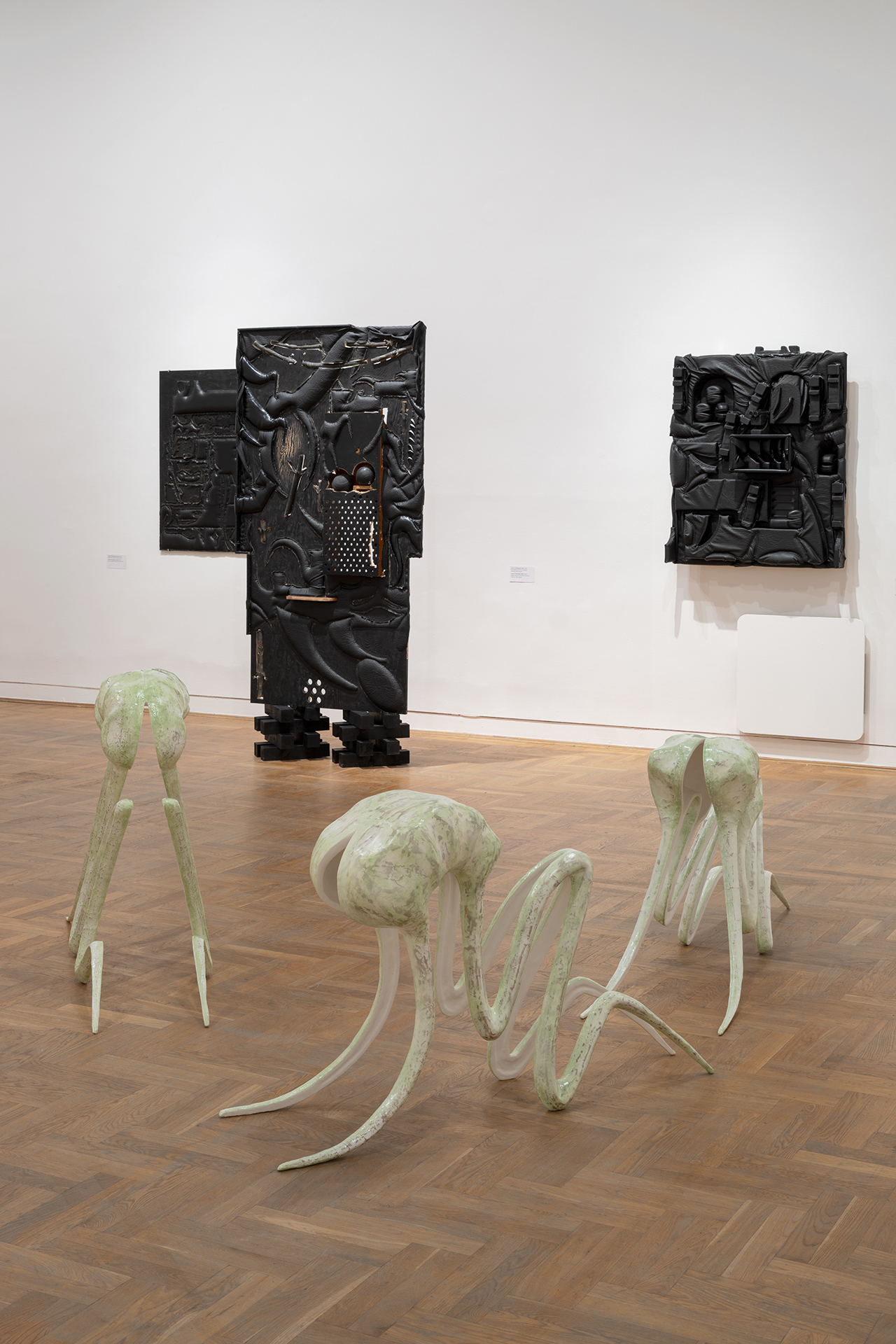
Cezary Poniatowski, Untitled, 2018; Cezary Poniatowski, Watch, 2020; Cezary Poniatowski, Untitled, 2022; Claude Eigan, Inner Saboteur I-III, 2019-2020;
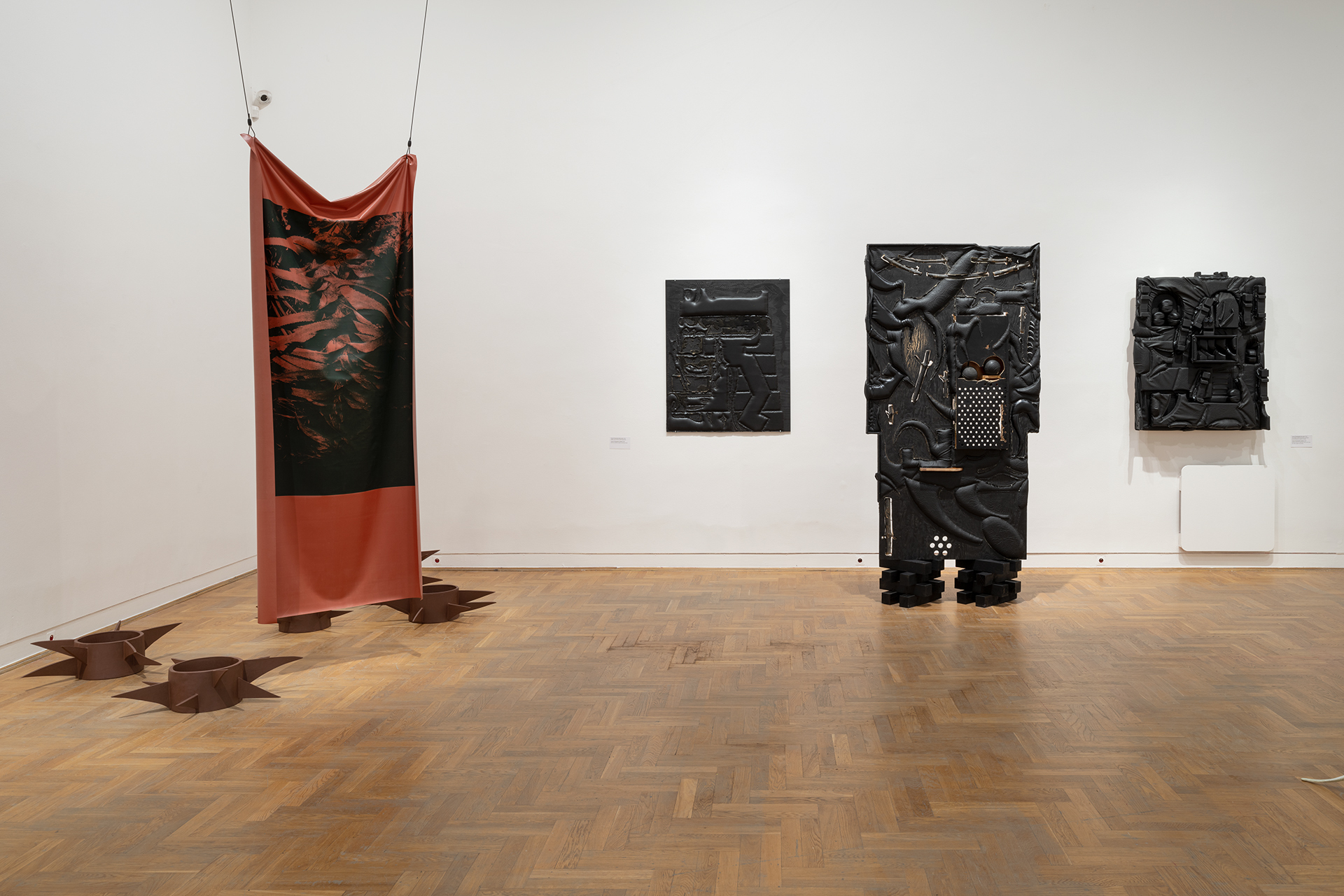
Cezary Poniatowski, Untitled, 2018; Cezary Poniatowski, Watch, 2020; Cezary Poniatowski, Untitled, 2022; Tiziana Krüger, resistance, formation I-Vl, 2022; Tiziana Krüger, sacrifice, 2023;
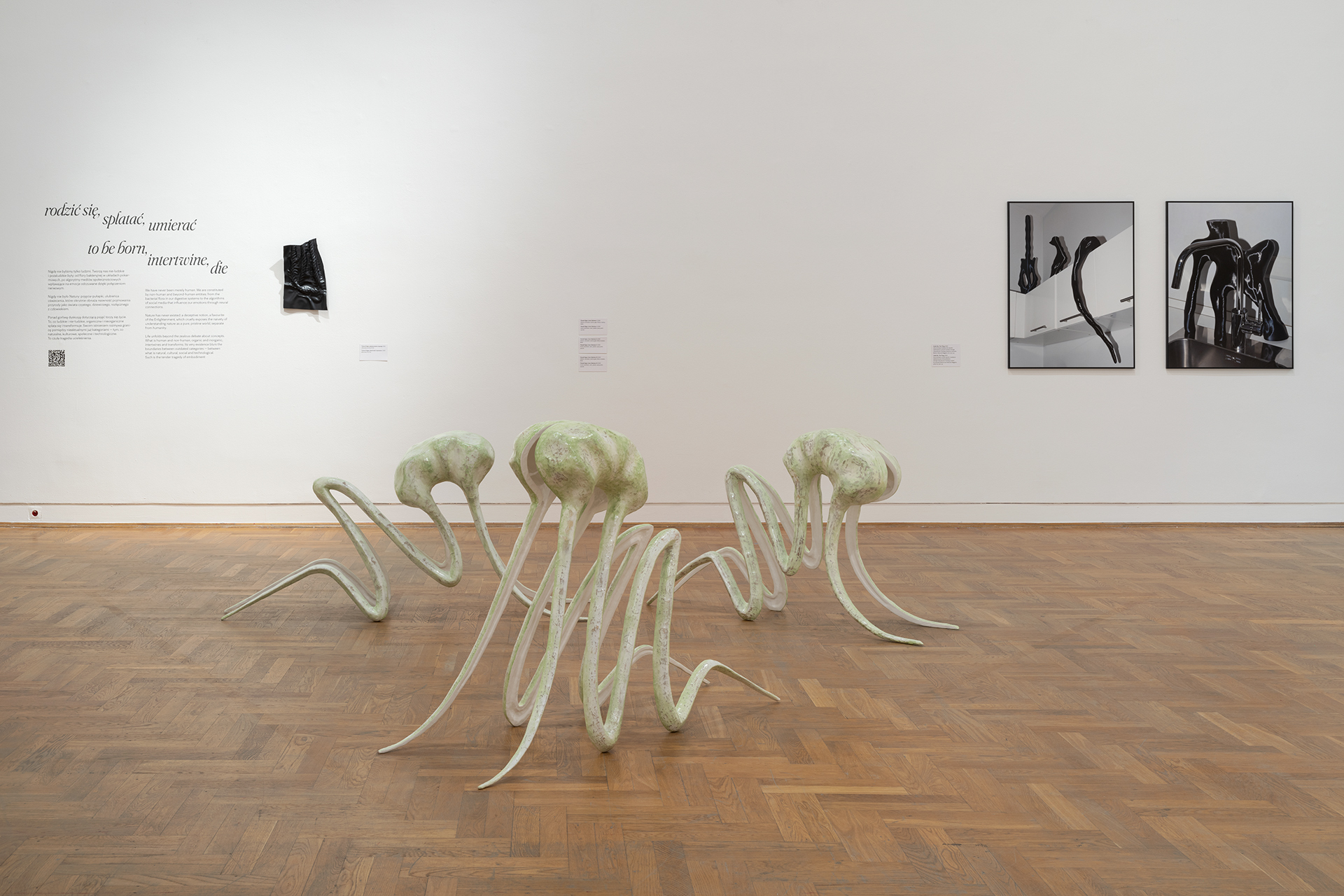
Leilei Wu, The Thing, 2022; Tiziana Krüger, plasticized, impression, 2020; Claude Eigan, Inner Saboteur I-III, 2019-2020;
Cezary Poniatowski, Aether, 2024 (detail)
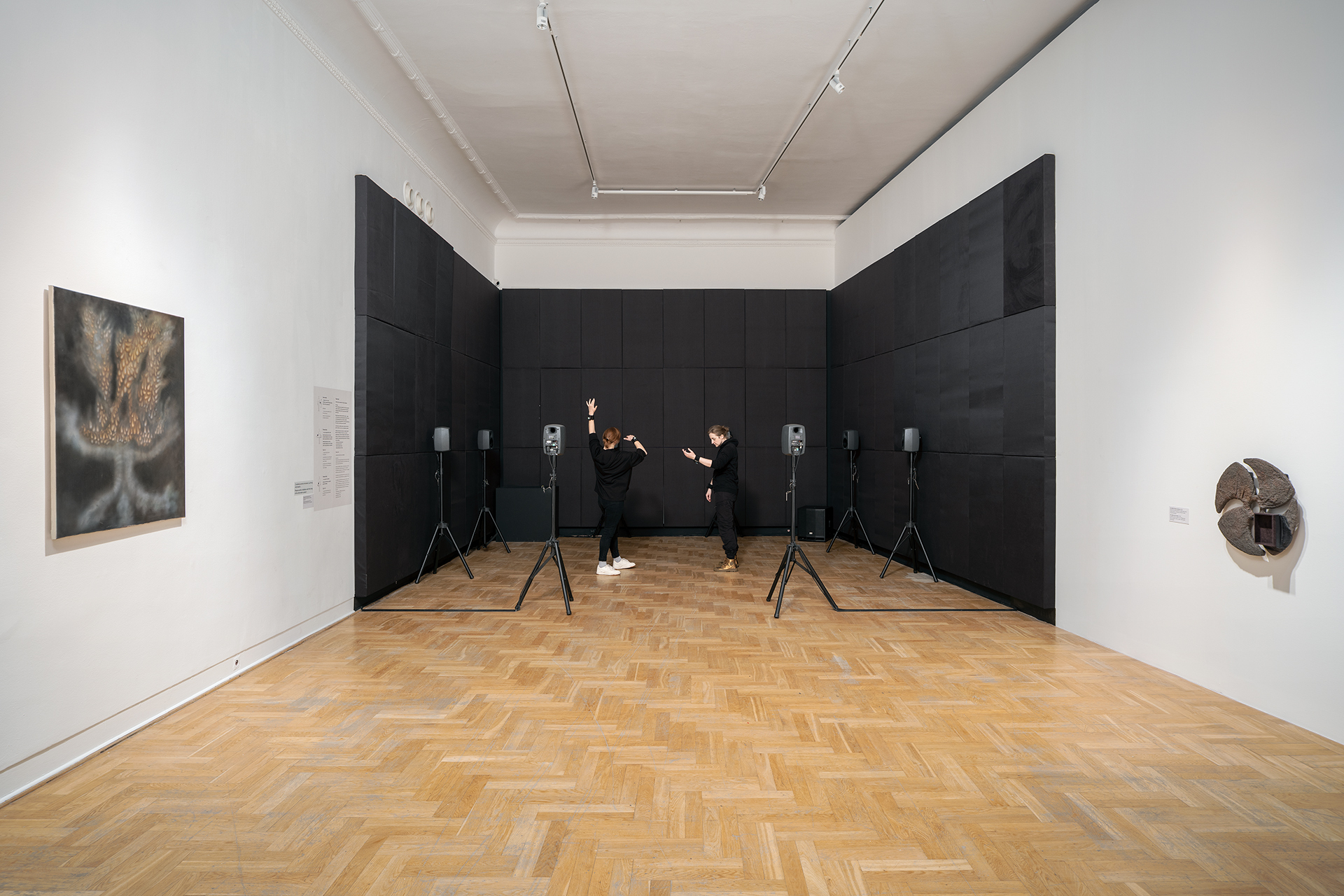
Aleksandra Słyż, Hypercycle, 2021; Veronika Hapchenko, flower of self-memory, 2021; Ania Bąk, Dirty Seeker, 2022
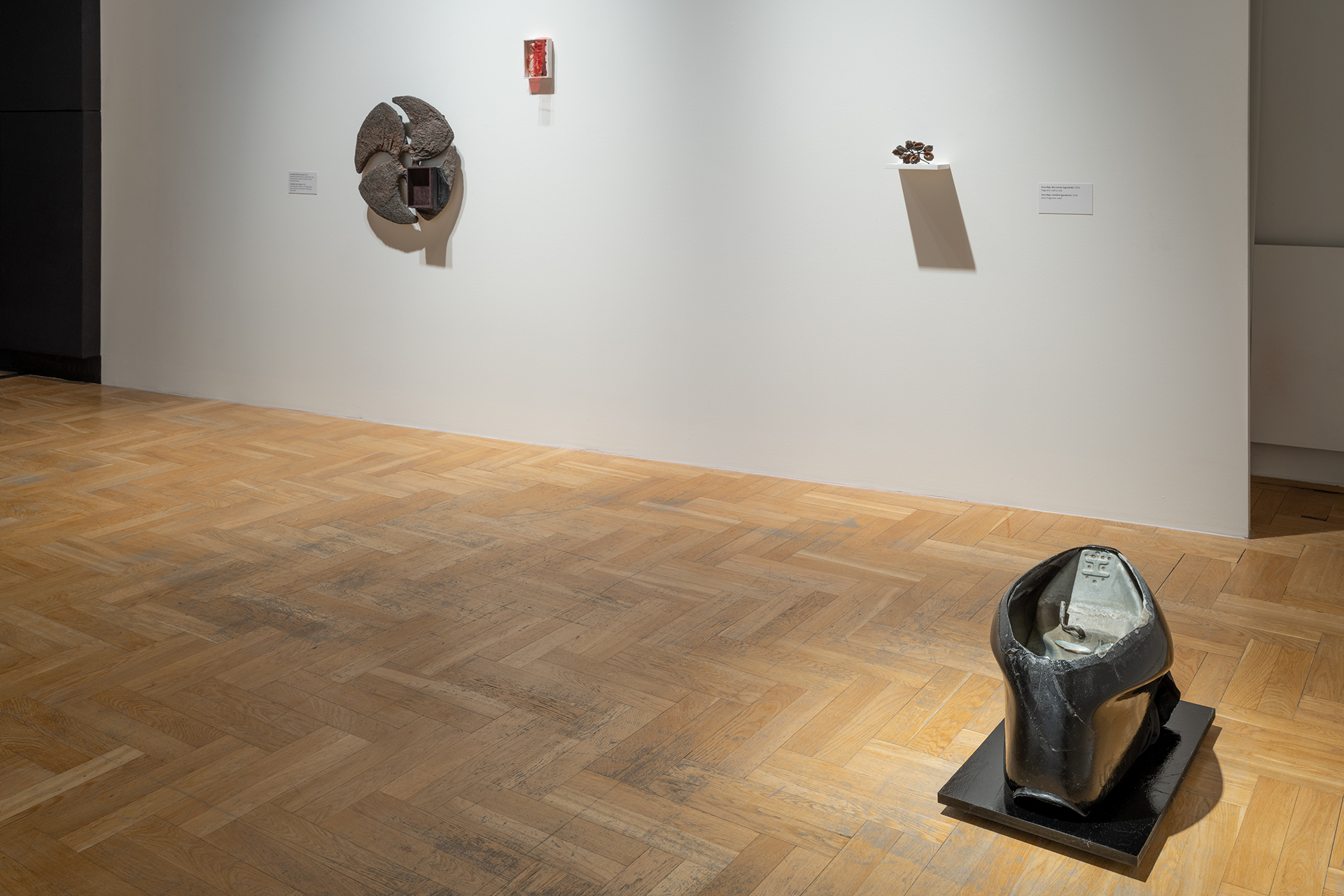
Ania Bąk, Dirty Seeker, 2022; Ania Bąk, Story walking on knees, 2022; Ania Bąk, Untitled (gardener), 2019;
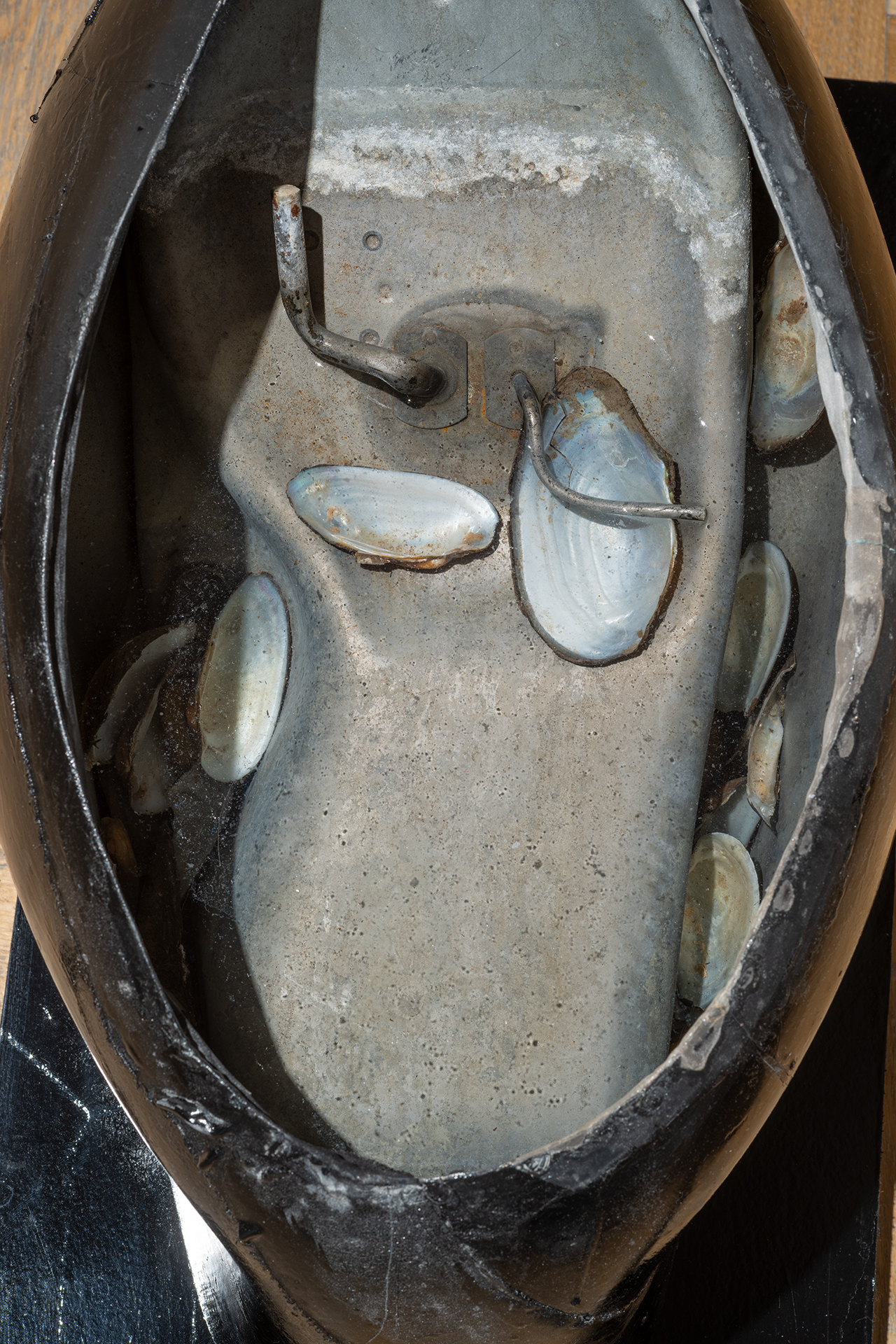
Ania Bąk, Story walking on knees, 2022
Cezary Poniatowski, Watch, 2020 (detail)
It encourages and compels us to think about our connections with non-human and beyond-human entities: from metal deposits and radiation to yeast, mussels or air. It does not favour humans. It does not lend itself to being romanticised or fetishised, tamed or objectified. Developed by Timothy Morton, dark ecology is a concept that highlights the mystery and complexity of ecological problems, often beyond the reach of our (human) consciousness. It is a philosophical tool that allows us to examine our relationship with the world, which is undergoing increasingly rapid and difficult to understand changes. It enables us to find our way in the dark — in the spectrum of strange and incomprehensible transformations that manifest themselves in events of varying scales: from the whole planet to the individual human body.
The artists invited to participate in the exhibition, whose biographies and memories are rooted in the moment of transition, themselves embody the category of spectrum, this time across generations. On the one hand, they reach the end of the ‘long 20th century’ (to quote the sociologist Giovanni Arrighi) — a period of global capitalist expansion and extractivism of the planet, its deposits or biosphere; on the other hand, they are part of the 21st century ecological awareness and narratives of ‘planetary care’ or the concept of ‘care for post-nature’ formulated by the researcher Ewa Bińczyk, often accompanied by a sense of helplessness of the individual deprived of sufficient agency.
Individual responses to the aforementioned transition can be seen in creative practices — in working methods and choice of materials (post-industrial waste and objects of everyday use), in references to organic themes, in collaborations with non-human, technological and organic entities, in the use of categories of strangeness, mutation and adaptation, or in the introduction of ironic or erotic motifs. This involves attempts to develop emancipatory strategies or to articulate an attitude towards crisis and apathy.
Artistic reflection is not limited to the contemplation of (dark) ecology. It transcends the assumed point of departure and seeks to reformulate the normative concepts and categories necessary in a time of transition — identity, politics, time, matter, future, humankind, and life.
The title of the exhibition is deceptive and, like the entities in Morton’s philosophy, conceals its intentions and semantic scope. The phrase, taken from a poem by William Blake and translated into Polish by Zygmunt Kubiak, carries meanings related to the transition between night and day, darkness and light, filled with a timid hope for the future.
Aleksandra Skowrońska
